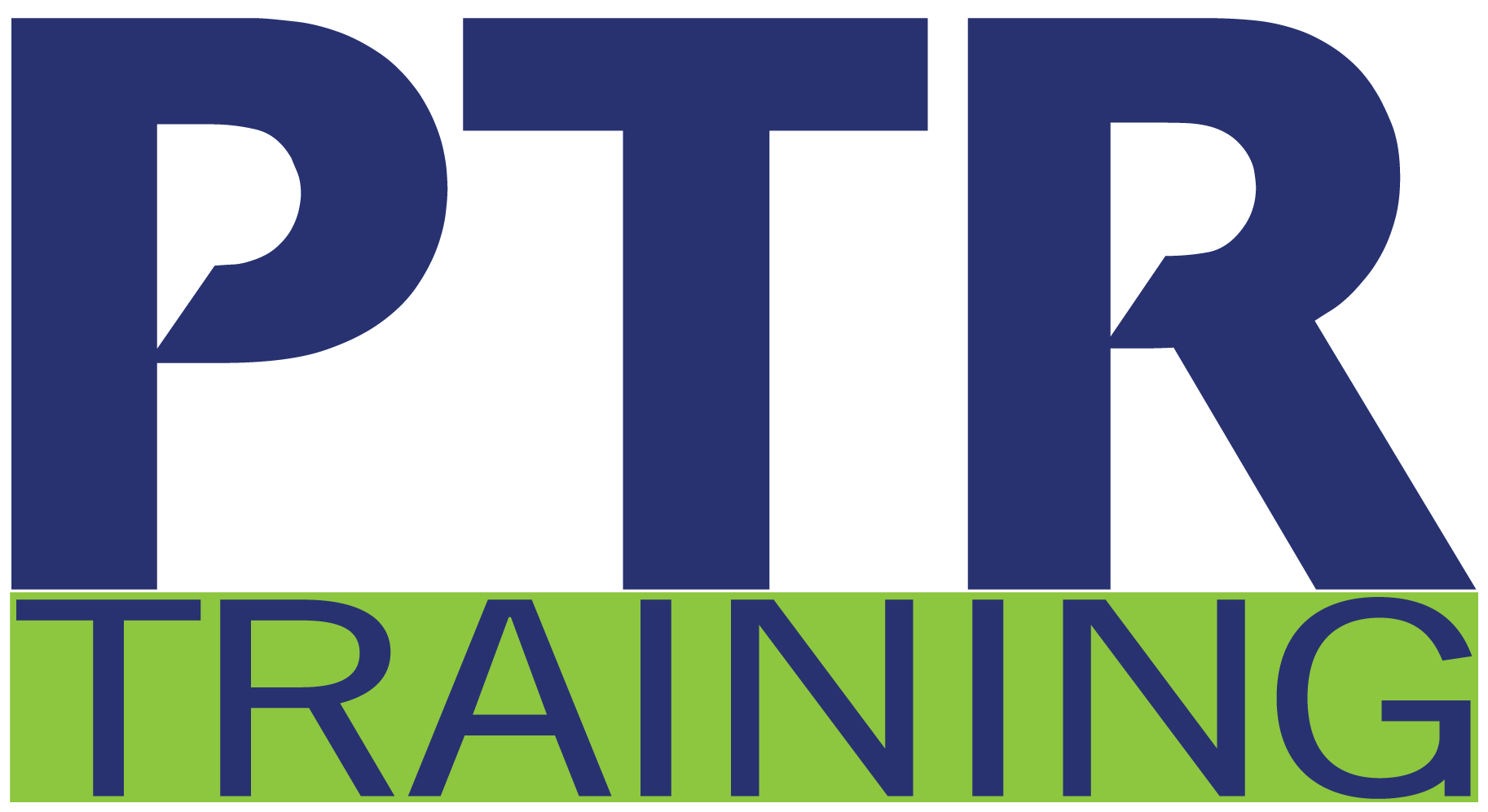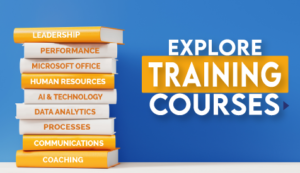Performance culture emphasizes high-level performance, measurable results, and a commitment to continuous improvement. This comprehensive course explores the core components of cultivating a performance culture and focuses on leaders' critical role in team cohesiveness and efficiency. We will teach you leadership skills for building such a culture and methods for accountability, professional development, and skill enhancement. You will learn how to address challenges, measure the effectiveness of a performance culture, and foster a mindset where employees are motivated to achieve their potential and contribute to shared goals.
Learning Objectives »
- Define performance culture and evaluate team dynamics.
- Set and communicate clear goals and expectations.
- Implement effective reward and recognition strategies.
- Deliver constructive feedback and apply coaching models.
- Demonstrate accountability and promote ongoing development.
- Identify and respond to common challenges.
- Measure the impact of performance initiatives.
- Apply strategies to sustain long-term cultural effectiveness.
Course Agenda
Understanding a Performance Culture
- What is a Performance Culture?
- Key Characteristics
- Team Assessment
- Why Create a Performance Culture
Performance Leadership
- Setting Clear Goals and Expectations
- Communicating Expectations
- SMART Goals
- Best Practices for Supervisors
- Recognition
- Rewards and Incentives
- Principles of Good Reward Programs
- Continuous Feedback and Coaching
- GROW – A Coaching Model
- Receiving Feedback
- Giving Constructive Feedback
- Deliver Non-Threatening Feedback
- Coaching Techniques
- Mistakes to Avoid
- Best Practices for Feedback
Accountability
- Accountability at Every Level
- Improving Personal Accountability
- Taking Ownership
- Personal Accountability
- Mistakes, Problems, and Frustrations
Professional Development
- Continuous Learning and Adaptability
- Best Practices to Encourage Growth
- Existing Career-Related Skills
- Exploring Options
- Hard and Soft Skills
- Development and Growth Pitfalls
Your Role in a Performance Culture
- The Role of Burnout
- Maintaining a High-Performance Culture
- Other Challenges
- Measuring a High-Performance Culture





